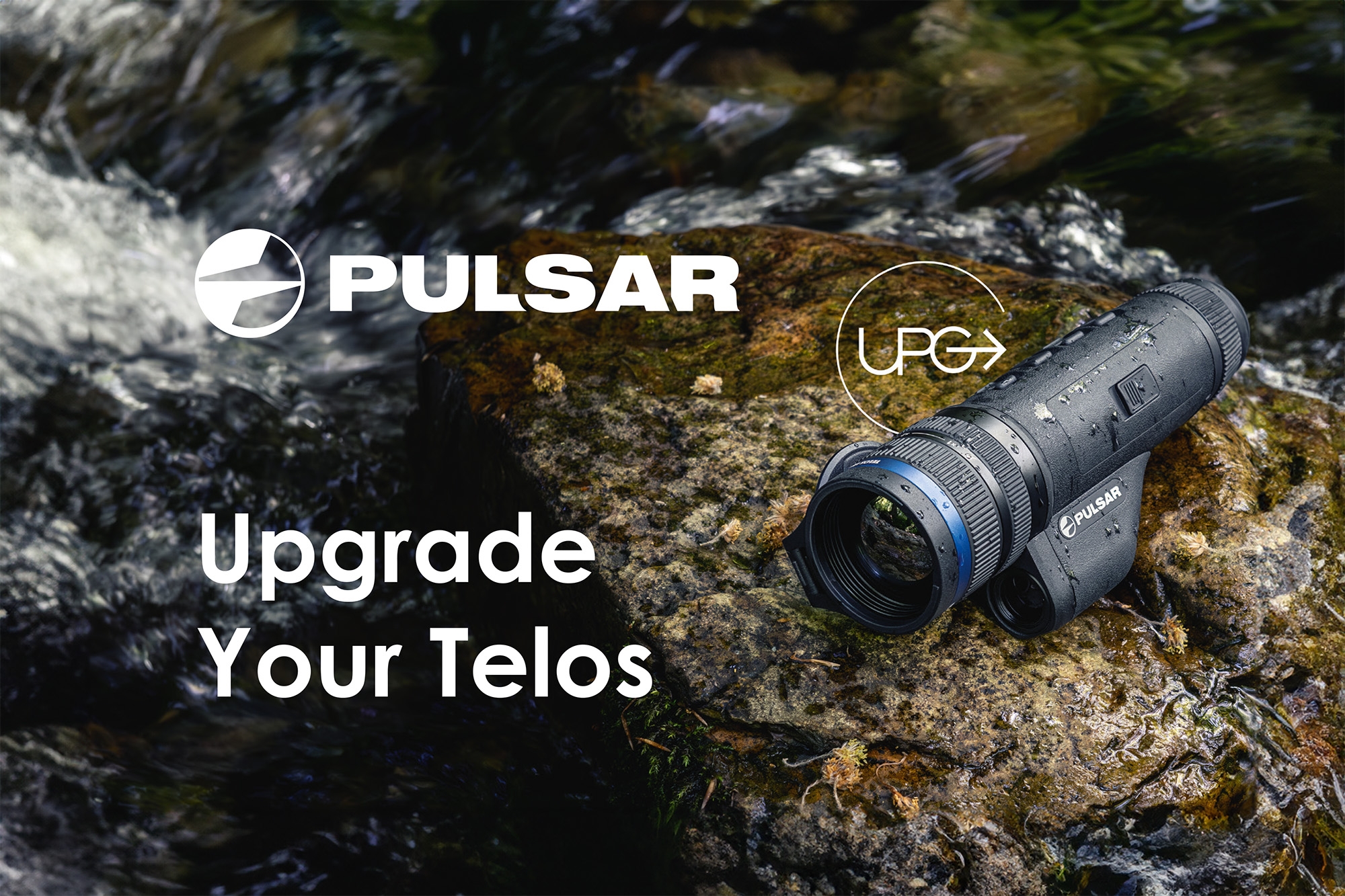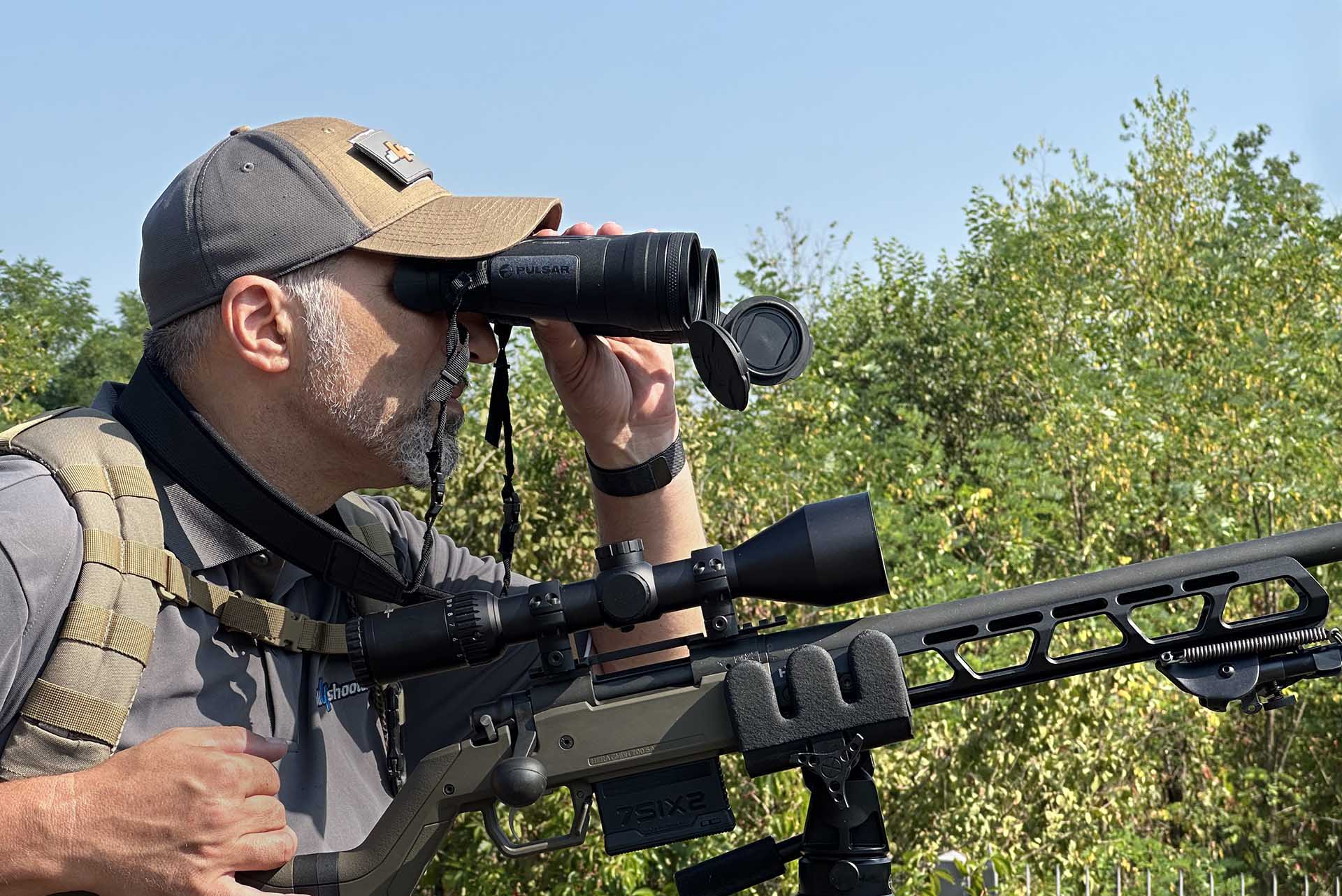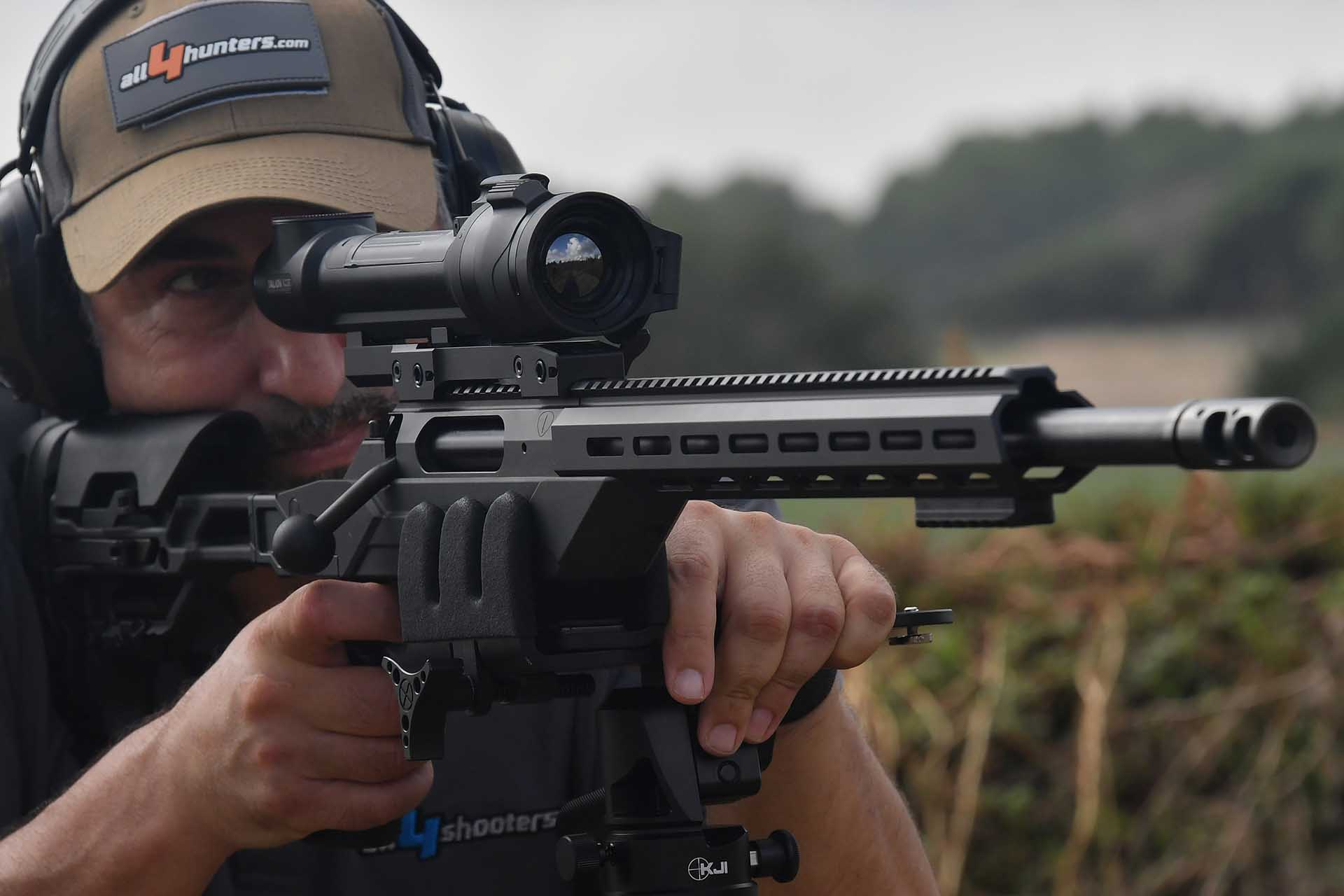Pulsar presents a new HD digital night vision riflescope, the Digex , and introduces state of the art 40 mk sensor technology in the manufacturer’s top of the line Thermal Imaging products. The updated products showcased at the 2020 SHOT Show include the Helion 2 Thermal imaging monocular, the Trail 2 LRF – Thermal imaging riflescope with built in laser rangefinder, and the Thermion XQ line of Thermal imaging riflescopes.
New 40 mK sensors (17µm) in Pulsar products
To most of us, that a 40 mK NETD, 17µm uncooled Amorphous Silicon microbolometer sensor is being integrated into a thermal imaging optics makes little impact; it’s just a technical jargon that is not easily comprehensible to the layman. But it actually does make a lot of impact on the performance of a thermal imaging device, almost to the point of being groundbreaking.
The NETD (noise equivalent temperature difference) describes the ability of a thermal imaging device to distinguish between little differences in IR radiation of the observed object in the image.
It is measured in milli-Kelvins (mK). Typical values for mainstream thermal imaging devices built for hunting, sports and leisure are in the region of 70-50 mK, with the lower number the better.
Sensors with better NETD value will allow PULSAR units t
o perform more efficiently in conditions when temperature differences are very low and it’s hard for thermal imaging units to produce detailed contrasted image.
All Pulsar 2020 year models onwards based on 17 µm pixel pitch FPA (Focal Planar Arrays) will feature 40 mK sensors, thanks to an exclusive contract that Pulsar has signed at the end of 2019 with its sensor supplier for buying only select sensors with 40 mK NETD.
Pulsar Digex 450/455 – digital night vision riflescope: features
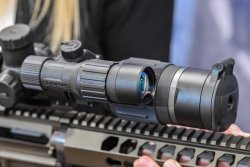
The Digex N450/N455 is a new digital night vision riflescope from Pulsar that follows the revolutionary path that the Pulsar Thermion set, engineering the optronic device to be contained in a metal housing designed to appear as a traditional daytime riflescope featuring a standard 30 mm mounting surface tube.
Both the Pulsar Digex N450 and N455 share the same features: a new CMOS HD (1280x720) night vision sensor with high sensitivity (specs are very similar to the Digisight Ultra family of digital riflescopes), a crisp 1024x768 AMOLED microdisplay, Built-in video recorder with integrated 16 Gb memory, combined B-pack battery system that is the same used in Thermion riflescopes.
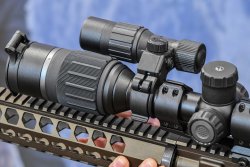
The difference between the Digex N450 and N455 is the wavelength of the detachable high power IR illuminator: 850 nm or 940 nm respectively. The 850 nm IR features long-range action, the 940 nm IR operates in the invisible range, for a performance that reaches 550 m in range.
The Helion 2 thermal imaging monocular
This monocular is obviously an updated and upgraded version of the popular line of HELION thermal imaging devices; its main feature is the new 40mK NETD sensor, additionally we see a new HD resolution AMOLED microdisplay (1024x768) which will introduce a slight change in magnification from previous generations of the device, 16 GB internal Memory, quicker start up time and a Higher capacity IPS7 battery.
The Trail 2 LRF thermal imaging riflescope

Essentially the same path has been followed for the upgrade of the Trail 2 LRF, with the use of the new 40 mK NETD sensor technology and microdisplay, integrated memory, start times and IPS7 battery; plus, there will be a Magnesium alloy housing, a new wide angle eyepiece, and the introduction of new model, the Trail 2 LRF XP50, a top-of-the-line thermal imaging riflescope based on a 640x480, 40 mK NETD, 17 µm sensor with built-in laser rangefinder, video recorder and Wi-Fi.
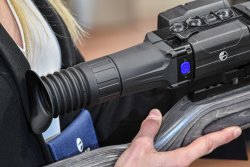
Last but not least, the expansion of the Thermion thermal imaging riflescope range for 2020, with the XQ38/XQ50 models based on 17 µm pixel pitch 384x288 resolution sensors featuring the new enhanced 40 mK NETD sensitivity sensor technology.
More innovation is to come and be announced from PULSAR.
Follow us for the latest news and exclusive test and review of the new Thermal Imaging and Digital Night Vision models on all4shooters.com!
For more information, please visit the Pulsar website: https://www.pulsar-nv.com/glo/
Find all the news from
SHOT Show 2020
on all4shooters.com / all4hunters.com.



